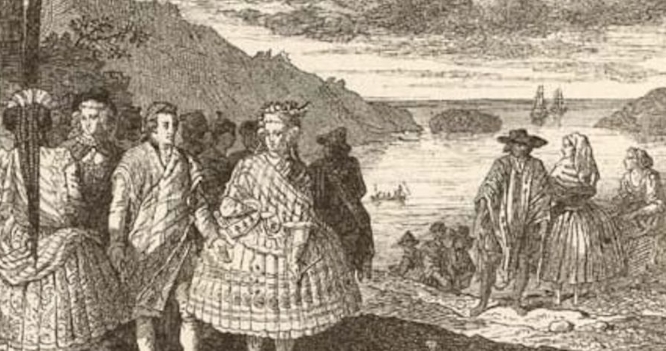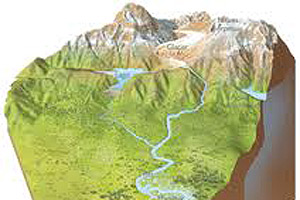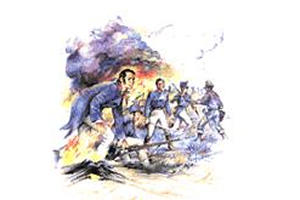In the twenty-second chapter of the Great Encyclopedia of Chile, we have gone over the main characteristics that identify our country, as well as data related to population, economics and administrative organization.
Characteristics of the territory
– Chile is a tri-continental country because it enforces it sovereignty over land found in three continents: South America, Antarctica and Oceania.
– Our country’s biggest portion of land is the Chilean Antarctic Territory, with a surface of 1,250,000 km2.
– The Andes mountains are the main mountain range of the country and of South America. It acts as a climate barrier, an important source of water and mineral, a tourist attraction, etc.
– Our countries ecosystems can be classified into xeromorphic, mesomorphic and hygromorphic.
Economy and population
– Mining is the most important activity that takes place in the country. The extraction and trading of copper is the country’s main economic support.
– Two types of forest plantations can be found in the country, natural and artificial, depending on whether they are native or introduced species.
– A few of the country’s main ports are: Iquique, Coquimbo, Valparaiso, San Antonio, Quintero, Talcahuano and Lirquen.
Political-administrative organization
– The body in charge of promoting a new territorial organization during the 1970’s was the National Commission for Administrative Reform (Conara).
– The territorial units that make up our country are, from largest to smallest: regions, provinces and comunas (counties). Their authorities are intendants, governors and mayors, respectively.
«Authorized for publishing by Resolution Nº190 from June 12th 2008 by the National Office of State Borders and Boundaries. The publication and circulation of the maps that refer or are related to Chile’s boundaries and borders do not make a commitment on the part of the State of Chile, in accordance with Art. 2º, letter g) of the DFL (decree) Nº83 from 1979 by the Ministry of Foreign Relations«.







 Sorpresa de Yerbas Buenas
Sorpresa de Yerbas Buenas